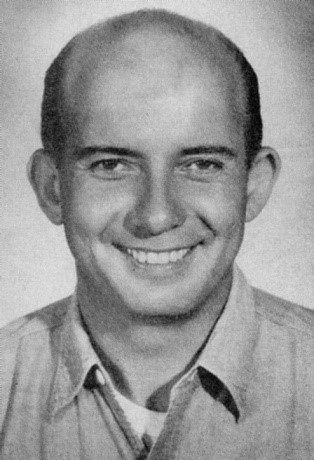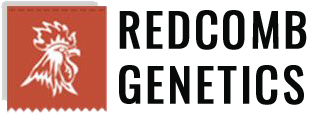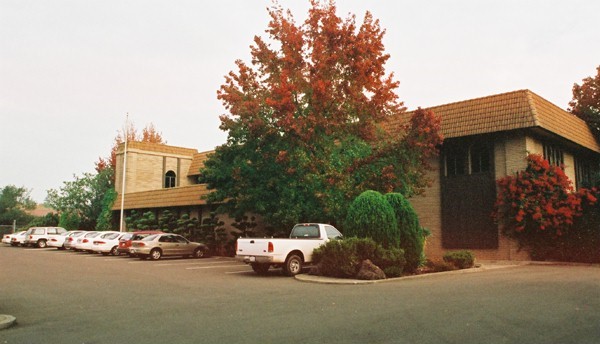
George Nicholas and his wife Eileen “Johnnie” Nicholas started a turkey farm at Two Rock about 10 miles West of Petaluma, California, a few months after their marriage in 1938. The property was found to be disease-ridden and not suitable for turkeys. Petaluma was once regarded as the chicken city of the world largely as the result of Lyman Byce inventing the first practical chicken incubator in 1875. From then until 1940 the poultry egg industry in Petaluma flourished. It was not surprising that the land the Nicholas’s purchased was contaminated. They sold the property and moved to Vineburg on the south-east corner of Sonoma and purchased a 175 acre farm known as Vineburg Farms. Nicholas Turkey Breeding Farms was established. George Nicholas began his association with turkeys (and sheep) in 1931 in a Future Farmers of America project which eventually won him the title of California’s first Star farmer. At Vineburg Farms the main product was a standard bronze turkey and Nicholas followed the advice on turkey breeding of his University of California, Davis professor Dr U.S. Amundson. After a trip to the Oregon Turkey show in 1940 the Nicholas’s realised that the day of the standard Bronze turkey were numbered. Later in the year George visited Oregon again to buy 600 mature broad-breasted bronze turkeys (BBB) from Max Lyons and Ward Cockeran. They had imported the BBB into their flocks from a Canadian breeder Jesse Throssell who, while living in England, developed a breed called “John Bull” to supply Lord Rothchild. The relationship lasted 20 years but when that came to an end, Throssell joined his brother in British Columbia.
By closing the genetic pool for 5 years the distinct Nicholas strain of birds was created. This involved progeny testing individual sires and dams. In 1945 this was changed to testing entire families. A hatchery was built on the farm in 1950 to hatch the pedigree eggs produced at the site. The main product at that time was hatching eggs purchased growers with a hatchery. George Nicholas joined with Walter Crawford and Don Gordon to form C n G Breeders which acted as an egg agency for the distribution of the hatching eggs. White feathers were becoming common in broilers in the early 1950’s and turkeys followed quickly afterwards. White feathered Lancaster White turkeys were purchased from San Joaquin Valley in 1953. By backcrossing these white turkeys into the bronze lines Nicholas White turkey was produced in 1956; the first commercial sales of the Nicholas White commenced in 1959. This began the transition from bronze to white feather turkeys in the US. In 1960 the Roseburg turkey farm in Oregon was purchased and the bronze male line became the male of the Nicholas bronze cross, and later when converted to white feathers was the start of the white male line for the White Strain Cross and was introduced to the market in 1965. The following year a hatchery was built on Riverside Drive in Sonoma that was to become the headquarters (photo above taken in 2001). The Nicholas success was built on a single product that evolved from purebred to crossbred to a three strain cross. A new female line was introduced in 1970 to produce a strain cross female to be the final cross dam. Nicholas then began to expand the range of products to market a Small White (1973) however it was too small for industry need and in 1974 it was superseded by the Medium White. But this was phased out three years later following a weak demand. The male line was not producing commercial poults big enough for some customers and so the female line was increased in size to make for the “small” male line. The downside of this was that reproduction in the female line was compromised. So the company produced a new male line the “88” to counter the smaller progeny from the old male line.
A European base was established in 1979 in Scotland as Nicholas Europa Ltd to serve the company’s expanding European business. The breeding stepped up a gear in the late 80’s with the introduction of two new female lines the 300 and the 900, with the existing female line branded the 700. The 88 male line used on each of the three female lines provided heavy medium, standard heavy and super heavy commercial products. Nicholas was taken over by IBEC in 1979 which by then also owned Arbor Acres. Takeovers continued and Nicholas eventually became part of Aviagen in the Enrich Wesjohann Group.


